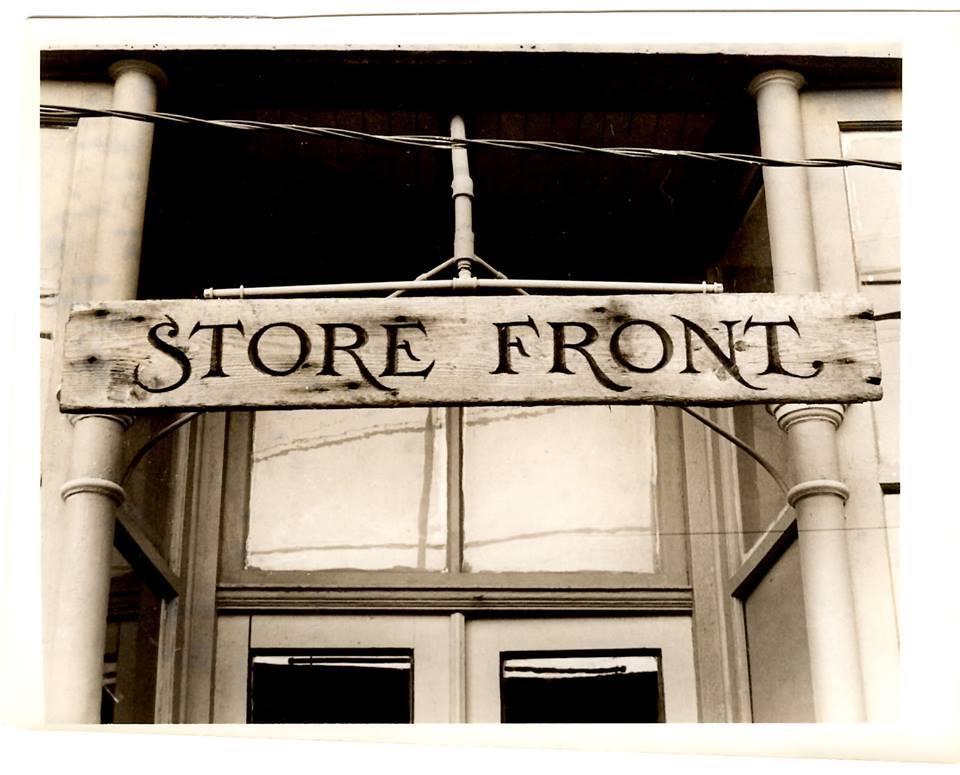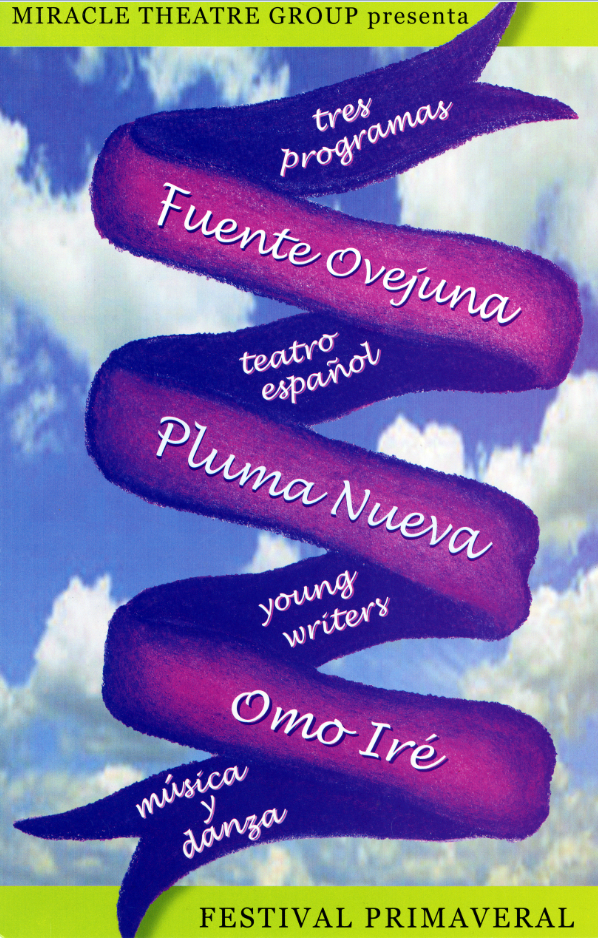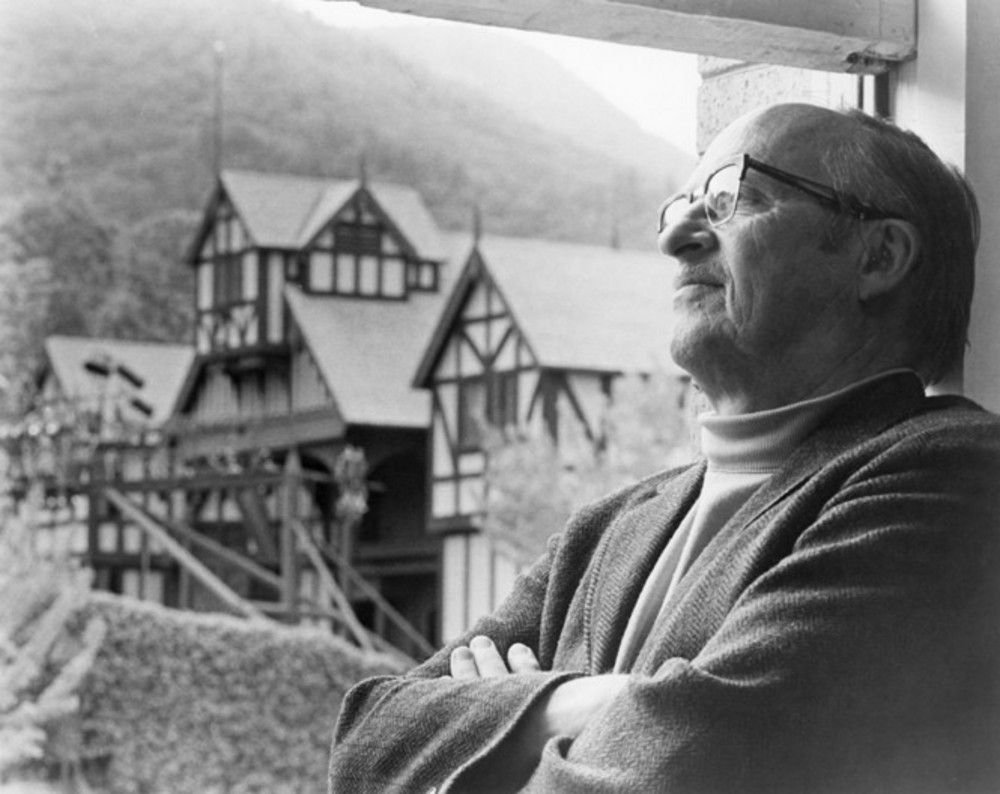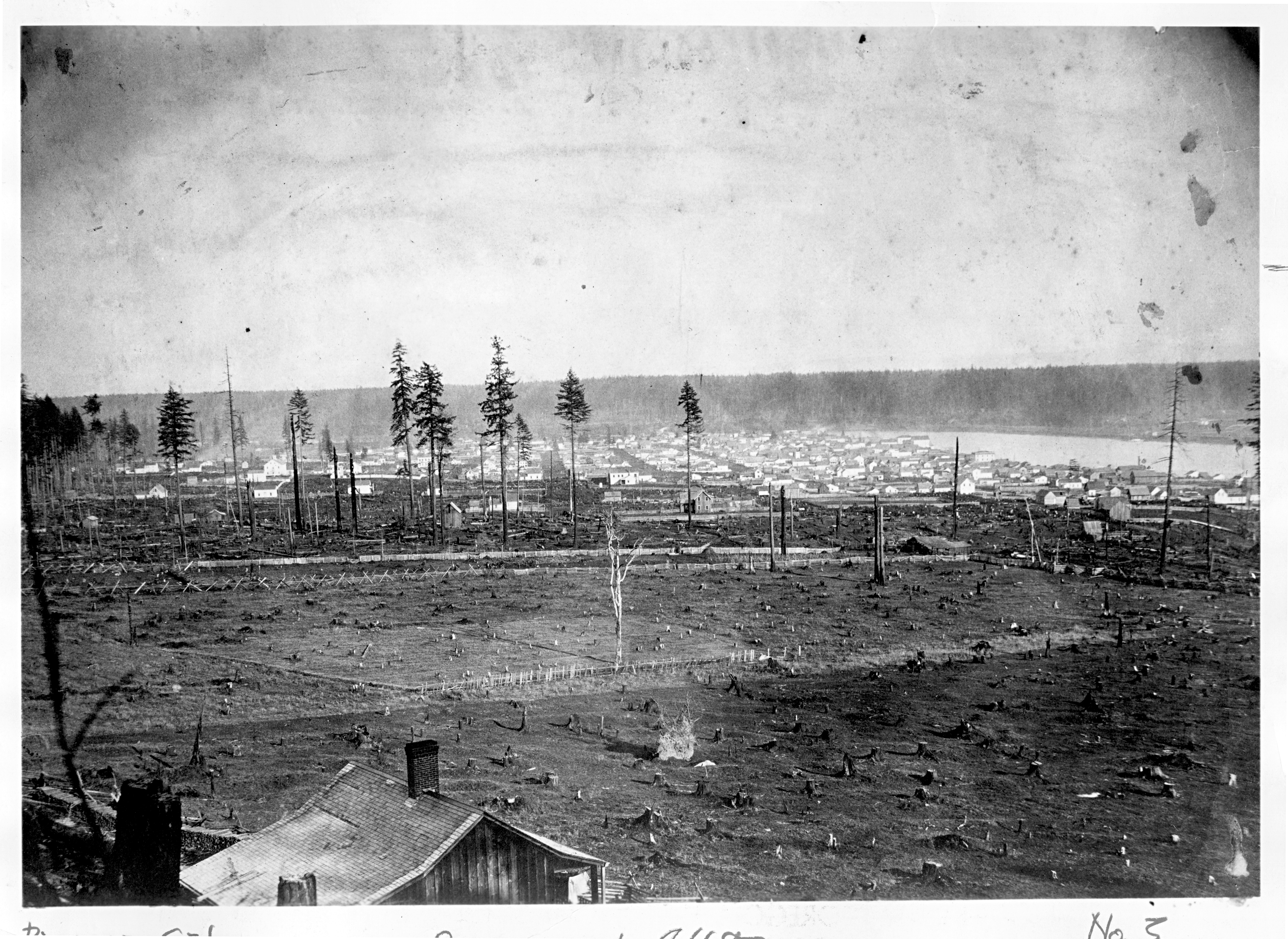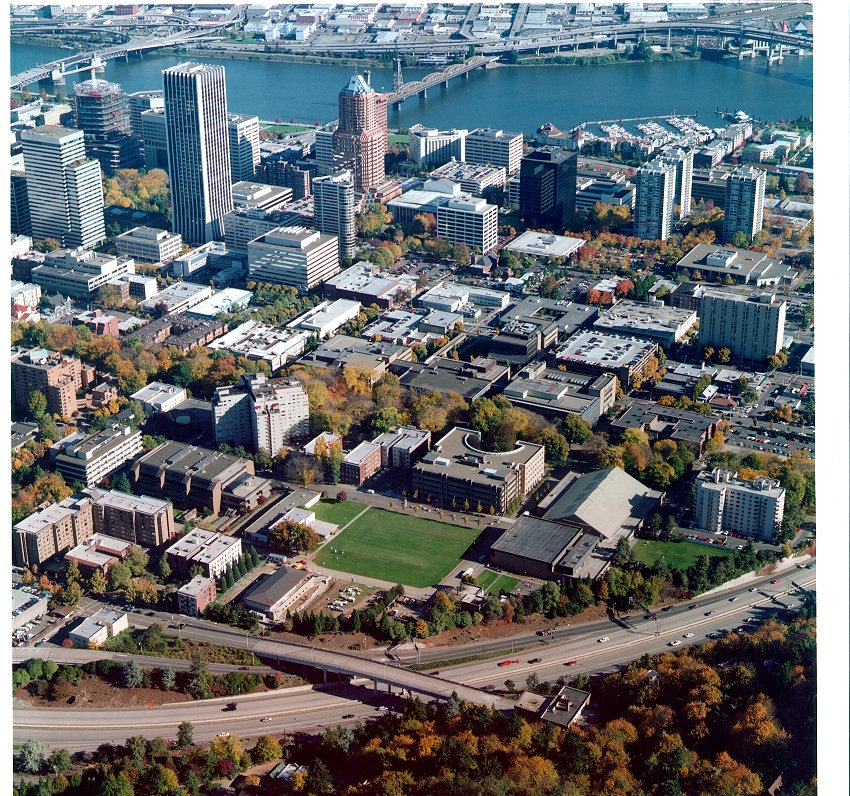From 1970 to 1990, Storefront Actor's Theatre produced some of the most original, challenging, and visually stunning live theater in Portland. Breaking away from the constraints of conventional theater, Storefront reflected the turbulent social and political climates of the time by introducing Portland audiences to original works that explored social, sexual, racial, and political themes that were not being offered in other theaters. Shocking, enlightening, and outrageous, Storefront Theatre was rarely ordinary.
The impetus for its formation came from Tom Hill and Ann Gerety Hill, who were directing the American Theatre Company at Portland State University. The collective they brought together included directors, teachers, actors, designers, costumers, singers, and musicians that expanded and evolved over the years.
In 1970, they gave voice to their outrage of the killing of five Kent State University students by members of the Ohio National Guard with anti-war street theater and a provocative traveling production of Aristophanes’ Lysistrata. Soon after, having left Portland State and while searching for a rehearsal space, they found an old storefront on North Russell Street, “where we could do what we wanted without the repression of the hierarchy,” said Anne Gerety Hill. The Storefront Actor's Theatre was formed at that time. The theatrical talent of the group, combined with the fertile collaboration of designer Ric Young and artist Henk Pander, created visually sumptuous and thought-provoking experiences that pushed the boundaries of traditional theater.
Storefront’s meager income was generated by holding rent parties and selling tickets. By 1977, the theatre company was doing well enough to double its space and extend its season. With funding from Community Enrichment through the Arts grants, the company toured schools throughout Oregon with original children’s shows. For the first time, Storefront Theatre had a stable income and was able to pay its artists and hire administrative staff.
By 1979, the company needed a larger performance space and a permanent home, so they rented and renovated an old burlesque house-turned-adult-movie-theater at Southwest Third and Burnside in Portland. Over the next decade, the theater offered both original and scripted productions, often showcasing premiere performances of works by well-known playwrights, including Sam Shepard and David Mamet. In 1987, the Storefront became the resident company of the newly built Winningstad Theatre at the Performing Arts Center on Southwest Broadway.
With the assistance of marketing grants, Storefront took ambitious steps toward creating a larger audience and professionalizing the company. The theater climate had changed in Portland, however, and the competition for audiences was fierce. The rising costs of production, rent, and salaries were draining the theatre’s profits. After just two years, the company left the Winningstad, and its members began to drift apart. After a few attempts at reorganization, Storefront Theatre closed its doors in 1990.
In Northwest Magazine from 1990, Bob Hicks, long-time Oregonian theater critic, said about Storefront Theatre: “Alternative. For 20 bumpy years that’s what Storefront’s tried to be. The road less traveled. The company most likely to astound, infuriate, enchant you. The take-off-your-clothes, thumb-your-nose company, teetering on the edge of self-indulgence and often falling over...the child of a tribal love-rock fling, it lives with the ghost of its own romance.”
-
![]()
Original Storefront Theatre on N. Russell, Portland.
Courtesy Don Horn -
![]()
Storefront Theatre at the New Paris, SW 3rd and Burnside, Portland, 1979.
Courtesy Don Horn -
![]()
Bride/groom one-piece costume from Storefront Theatre's production of "The Mystery of Irma Vep," c. 1985.
Oregon Historical Society Museum, 2012-118.6.1,.2 -
![]()
Bright green strapless leotard made for Storefront Theatre's production of "Babes on Broadway," c. 1987.
Oregon Historical Society Museum, 2012-118.3 -
![This costume was made by Jane Herrold and worn by actor Bob McGranahan in a c. 1985 Storefront Theater production of “The Mystery of Irma Vep,”]()
Pink Edwardian-style costume dress for a tall male actor, c. 1985.
This costume was made by Jane Herrold and worn by actor Bob McGranahan in a c. 1985 Storefront Theater production of “The Mystery of Irma Vep,” Oregon Historical Society Museum, 2012-118.5
Related Entries
-
![Milagro Theatre]()
Milagro Theatre
The Miracle Theatre Group, known as Milagro, is a premier Latino arts a…
-
![Oregon Shakespeare Festival]()
Oregon Shakespeare Festival
The Oregon Shakespeare Festival (OSF), under the leadership of Angus L.…
-
![Portland]()
Portland
Portland, with a 2020 population of 652,503 within its city limits and …
-
![Portland Civic Theatre]()
Portland Civic Theatre
Portland Civic Theatre was at the forefront of a transitional movement …
-
![Portland State University]()
Portland State University
Located in downtown Portland, Portland State University is Oregon’s urb…
Map This on the Oregon History WayFinder
The Oregon History Wayfinder is an interactive map that identifies significant places, people, and events in Oregon history.
Further Reading
Hicks, Bob. "Beyond the Age of Aquarius: Unmasking Portland's Alternative Theater Company." Northwest Magazine, June 10, 1990, pp. 10-16.
Hicks, Bob. "Death of the 60s." Oregonian, July 14, 1991, Lively Arts section, pp. 1, 6.
Van Horn, Catherine. "Stage Fright: When Storefront Theatre Directors Hold Musical Auditions for the 'Rocky Horror Show,' They Get an Earful." Oregon Journal, Oct./Nov. 1987, p. 98.
Gerety, Anne. "Storefront Without Tears." Clinton Street Quarterly, May 1980, pp.44-45.
Storefront Children's Theatre; Kid Kadoodle, Use Your Noodle, Super Safety Show, 1981. The Video Access Project.

